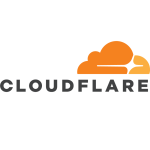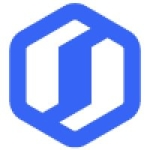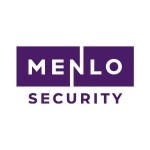What is our primary use case?
We have Windows 10 laptops. We wanted help securing our laptops for remote work, but we don't have the server for this infrastructure. Whereas, with this solution, the cloud server is managed by Zscaler.
It is a pretty lean solution. We only need to manage the agent and some very small tools on the laptops.
How has it helped my organization?
Currently, we have an on-premise firewall. However, most of the time, users are not working in the office. Therefore, we need to use something, like a Secure Access Service Edge (SASE), to help users. So, we are trying to protect users without a corporate firewall.
We just wanted laptops to have more secure features to help users and protect the company's data. There are two major things deployed on our laptops: Zscaler Internet Access and endpoint detection response (EDR).
Zscaler Internet Access has helped enable our digital transformation.
What is most valuable?
When you try to access suspicious websites, they will give you a warning. This helps us with user access without our office network.
Its cyberthreat protection is important for our needs. We use it for Internet access control, e.g., accessing web pages. We also use it when a user downloads or uploads files from the Internet.
When a user goes to the Internet to browse or download something, it is secured by this tool. This is important to us because it is another layer of protection.
What needs improvement?
They could provide more time for the onboarding the training of an IT person.
We did run into some compatibility issues. We just needed to test its configurations on the web portal and that detected the issues.
Buyer's Guide
Zscaler Internet Access
September 2025
Learn what your peers think about Zscaler Internet Access. Get advice and tips from experienced pros sharing their opinions. Updated: September 2025.
869,832 professionals have used our research since 2012.
For how long have I used the solution?
I have been using it for half a year.
What do I think about the stability of the solution?
We haven't had any issues with stability.
No maintenance is required.
What do I think about the scalability of the solution?
We have 120 users. We have never tested it to go above 1,000 users. It shouldn't have problems because it is an agent working on the laptops using a centralized online server.
How are customer service and support?
The technical support is very good. We create a ticket every week or two.
How would you rate customer service and support?
Which solution did I use previously and why did I switch?
We didn't have an Internet access control solution previously, only anti-malware for endpoint protection.
Our legacy systems only protected our on-premise network.
How was the initial setup?
The initial setup was straightforward. It took about three days to set up.
What was our ROI?
Zscaler Internet Access has helped us reduce the time that we spend managing security policies by about four hours a week. We can use this time to focus on other things, especially the IT team.
Versus deploying and managing traditional network security hardware, the solution has saved us about four hours a week.
The solution has helped us reduce the number of infected devices in our organization by proactively preventing attacks because some users were unaware of some malware sites.
Which other solutions did I evaluate?
We evaluated two or three different vendors, but finally selected Zscaler Internet Access due to its reputation. Also, the GUI for Zscaler Internet Access was very clear when we tested it.
What other advice do I have?
We are not using the solution for data loss prevention.
When you select this product, test it with other tools running on your machine to ensure there are no compatibility issues between different products.
I would rate it as nine out of 10.
Disclosure: My company does not have a business relationship with this vendor other than being a customer.


















